My favourite technique for breaking a chain is to use this method as advocated by Chris Juden when he was CTC Technical Officer...
Here’s a quick and easy, tools-free way of opening a chain link from CTC member and Chartered Mechanical Engineer Ian Sheppard.
"Have the chain on your largest chainwheel, with the quick-link to the front of it. Hold the crank and pull the lower length of chain forward one tooth on the chainwheel. Move the one tooth’s worth of slack up and around the teeth, so that the quick-link and one other link form a sticking-out 'V'. Tap the point of the V sharply with a something hard and heavy (a hammer is ideal but a rock will do) and the quick-link will slide open – just like that!"
I tried this method on several chains. Some links needed a little pinch first (or a sharper tap) and it helps to aim at the side of the link without a slot at that end, but if you do that it always works a treat! Ian assures us that there is no danger of damage to the teeth, because the chain is forced into their roots where they are strongest.
Fortunately, it's a lot easier to do than explain. I couldn't find a video to show the method - please let me know if you find one.
This video shows an alternate method using a bit of brake cable. I suspect one or two pairs of pliers might help the process. I would also simply take the chain off the front rings to relieve tension on the chain rather than using a broken spoke as shown.
Click to display the video
 Arguably the simplest - but most expensive - method is to use a tool designed to separate chain links like this one.
Arguably the simplest - but most expensive - method is to use a tool designed to separate chain links like this one.
But where's the fun in that!





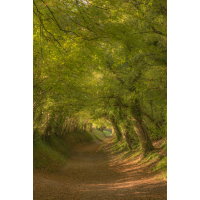






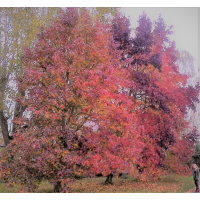

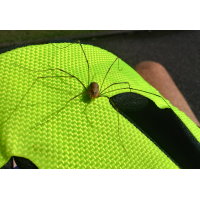
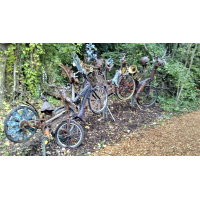



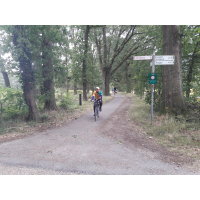

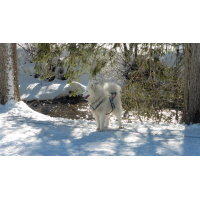



 We're running a series of rides in 2024 aimed at people new to group riding, or who haven't cycled for a while. or are looking to cycle a bit further than usual. They start with a short, 'get to know you' ride that includes a free bike check and progress through longer distances, tackling a series of challenges on the way:
We're running a series of rides in 2024 aimed at people new to group riding, or who haven't cycled for a while. or are looking to cycle a bit further than usual. They start with a short, 'get to know you' ride that includes a free bike check and progress through longer distances, tackling a series of challenges on the way:
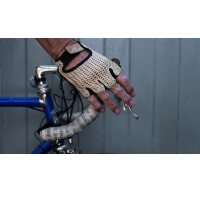




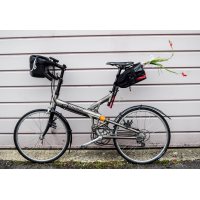







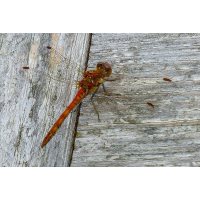















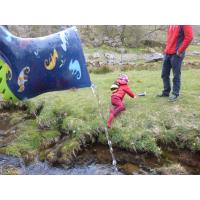

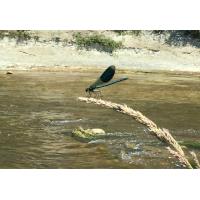

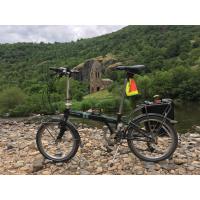


 Reusable link
Reusable link Use-once link
Use-once link Connex link
Connex link Arguably the simplest - but most expensive - method is to use a tool designed to separate chain links like this one.
Arguably the simplest - but most expensive - method is to use a tool designed to separate chain links like this one. This type of link is called a 'master link'. I haven't used one, but Mike Skiffins writes:
This type of link is called a 'master link'. I haven't used one, but Mike Skiffins writes: